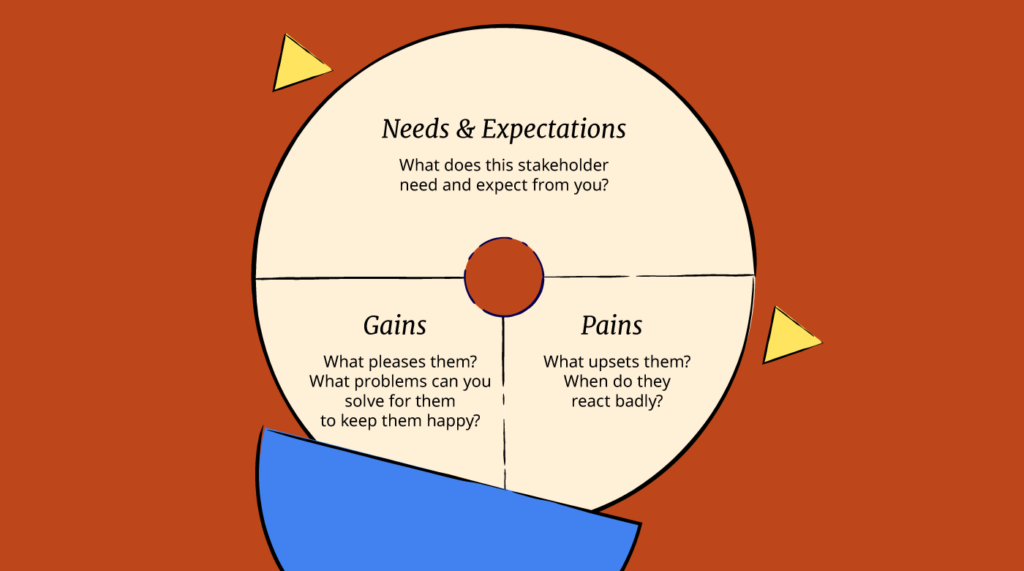For those of us who are somewhere on it already, we know that being on the self-awareness train is a lifelong ticket.
Wherever we are on that journey, there are ways that we can be better humans to the humans around us during the process.
As someone who has always found it easy to connect to people, earlier in my career I oversimplified the effort needed to create a great experience for others. I was wrong, hella wrong, but I didn’t know what I didn’t know at the time.
Once I started to understand myself better and create the structure that I needed to thrive, I was able to build it for others. Only then did I realise how wrong I’d been, and that I hadn’t been courageous enough with my feedback, my straightforwardness, and where I was choosing to spend my time.
Courageous leadership takes effort, but if you can get it right, you will see the difference within yourself and your people. It essentially means learning to access who you really are, developing your self-awareness, and using that as the foundation for all your relationships.
Sounds simple enough right…? *winky face*
Authenticity Is The Secret Ingredient For Courageous Leadership
For me, being authentic is when I am connected to the wisdom of my soul; when I am moving and being in the world in total alignment with my values.
The challenge is, how many of us find it possible to be truly authentic?
We don’t stray from our authenticity on purpose. Most of the time, it’s often a survival technique we learned growing up. If I act like X, people think Y about me. It’s the difference between living from our head versus living from our body.
If that all feels a little abstract for you and you are rolling your eyes and thinking “She’s a yogi right haha,” let me help you to think about it a different way.
We often hear that true authenticity stems from showing up as who we really are. Yet, given there are so many factors in society that can alter us in some way (often unwittingly and in childhood), I think a better goal is to show up as who you really are on that day.
Who you really are is the true, vulnerable, imperfect you who can be honest when you are worried about something instead of being pulled into stress responses.
Who you are also has a nagging voice within you when you do something that doesn’t really serve you—that’s a wise voice it’s worth getting to know, but I’ll move on for now.
Understanding the real challenges around authenticity is an important part of courageous leadership.
Many of the more challenging behaviours that humans exhibit have been formed in a reaction to their environment. Becoming a courageous leader means learning to hold space for the reactions of others and balancing the needs of each individual and the wider team.
It takes genuine care and kindness to create a great experience for others. It also takes you doing your best to show up as who you really are also, albeit just on that day.
Now I appreciate that is quite a big ask for most of us. Even if we have developed relatively good self-awareness, we can still be triggered or pulled into stress responses. Or just be having a wonky day. Me included.
Related Read: Ready For 2024? Here Are 3 Tips To Help You Stand Out As A Leader
So what can we do about it?
What we can do, though, is set ourselves up for better relationships by building a People Success Mindset. Namely, a way of being with others that means we try to work to awaken authenticity in all parties.
Adopting A People Success Mindset
Customer success is a term that has grown in popularity and rightly so. It makes sense to do everything to support a customer being successful with your product and therefore business.
What I am suggesting here is to apply something similar to the way you consider your relationships with others.
Taking the customer analogy further, let’s start by looking at some of the psychological factors that are at play when we feel compelled to buy something.
- Unity: we have an emotional need for community so, if we feel a connection to others, we are more likely to buy from them. How can you create the opportunity for this type of connection?
- Reciprocity: we have an emotional need to give something back after receiving something. Therefore, whatever we give to people, we build up their reserves of good feeling towards us. How can you be of service to your people?
- Authority: we have to feel like the thing we are buying is credible, therefore we need to feel like the person behind it is credible also. How can you make sure you are showing up as your most authentic self on that specific day?
How can you work in service of these things to the people around you?
Next consider your relationships with your team through the lens of a marketer or, for a bit of more modern fun, ‘Influencer’ instead.
1. You have to get to know your audience. Creating a stakeholder empathy map is a smart move here.

These are wonderful tools for breaking down:
- What do people need and expect from you?
- What pleases them? What problems can you solve to keep them happy?
- What displeases them? Where have they reacted badly in the past?
I recommend doing this for all of your direct reports at the very least.
2. Consider the different ways that you might be able to engage with your team. Like all good Influencers, you will need a blend of ‘content’ and connection points that address:
- What are the goals they want to achieve and how can you support them?
- What are their biggest fears and how can you address them?
- What problems are they facing and how can you help to unblock them?
- Things that reinforce and support your belief and trust in you.
3. Build out your marketing plan for each person:
- What are the channels of communication they prefer? How do they communicate with you? What is their style of communication?
- How do they like to receive and give feedback? Given this differs a lot from person to person, I recommend you contract together around this.
- What are the things that you can do to make them feel seen, heard, and valued? Remembering those little things about them can go a long way in relationship building.
Once you get in the flow of doing this, you will feel the energy of your team or peers lift. Over time this whole process will start to become more natural and blend into how you approach getting to know people as standard.
If that all feels a little clunky for you, let me leave you with three pieces of advice that you can blend into your own courageous leadership style:
- Be consistent. Make sure that not only do you develop the right cadence with your people.
- Serve before you tell. Ask questions and seek understanding first. Focus on collaboration where needed to get to the right outcome.
- Always show gratitude. A little thanks goes a long way, even if a project isn’t quite where it needs to be.
Here’s To Being Courageous With Each Other
In practical terms, courageous leadership means working to understand the humans you work with and what their needs are, then balancing individual needs and those of the team.
It definitely means working a little harder at the beginning of a new relationship to build the right foundations but, once you have them, your relationships will become stronger and more flexible, regardless of what comes along.
Also Worth Checkin Out:

